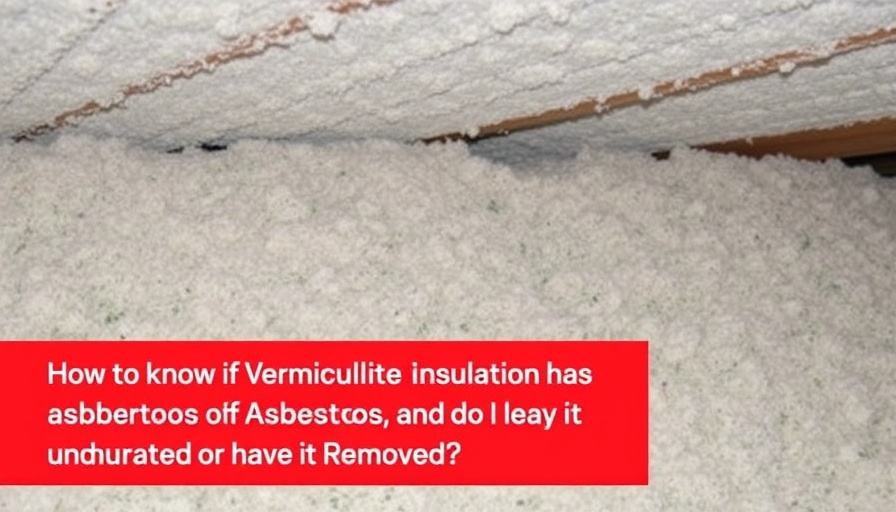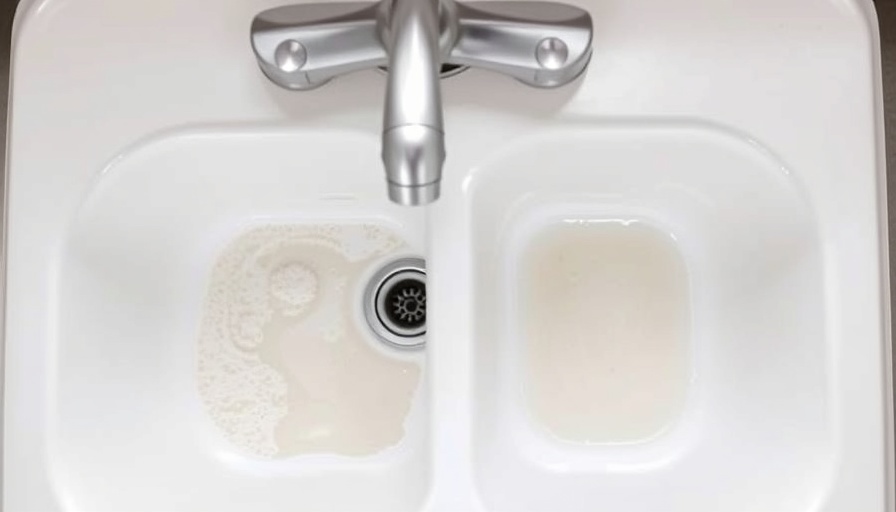
Navigating Asbestos Risks in Vermiculite Insulation
For many homeowners, the discovery of vermiculite insulation can trigger alarm bells, especially considering its notorious association with asbestos contamination. This raw mineral, widely used in attic insulation from the 1920s until its phase-out in the late 20th century, has been at the center of numerous health concerns. Understanding how to identify and respond to vermiculite's potential hazards is crucial for maintaining both safety and property value.
A Historical Context: The Asbestos Connection
Vermiculite insulation was favored for its lightweight, fire-resistant qualities and its ability to reduce energy costs, making it a popular choice for homes built before 1990. However, the risk of asbestos presence stems from the mining of vermiculite, particularly from Libby, Montana, where asbestos fibers were pervasive. For those living in homes built during this insulation boom, particularly in the London area, the concern becomes whether or not their properties are affected.
Identifying Vermiculite Insulation
Homeowners should start by inspecting areas of the house that may contain vermiculite, primarily attics. The material has a distinctive appearance—light, pebble-like granules that may vary in color from golden to gray. If your home was built after 1990, however, it is unlikely that it contains vermiculite insulation. If unsure, collecting samples for laboratory testing is a prudent approach, as only certified professionals should evaluate suspected materials.
What to Do If Asbestos Is Detected
If laboratory results confirm the presence of asbestos in your insulation, you face a critical decision: should you leave it undisturbed or have it removed? Generally, asbestos’s danger escalates only when disturbed. If the insulation is intact and not causing any immediate risk, experts often recommend leaving it alone and ensuring proper ventilation to minimize exposure. On the other hand, damaged vermiculite or any planned renovations in the vicinity of the insulation would necessitate professional removal.
Understanding Removal Protocols
When opting for removal, only licensed and insured asbestos abatement professionals should perform the job. These experts follow strict protocols to ensure the safety of homeowners and workers alike, including controlling dust and properly disposing of asbestos-containing materials. The cost of removal can be substantial but is often viewed as a necessary investment in health and safety, especially in residential areas where properties have close proximity.
Future Considerations: Staying Roof Ready
For homeowners planning renovations or restoration projects, keeping abreast of materials that are potentially hazardous is essential. If you live in an older home, consider consulting with a local home service expert familiar with sustainable building practices. Communities are increasingly focused on eco-renovations that prioritize health and safety while enhancing property value.
Empowering Yourself with Knowledge
Understanding the implications of vermiculite insulation and its potential for asbestos contamination is vital for responsible home care. This knowledge not only safeguards your health but significantly impacts your property's value in a competitive market like London’s. Regular assessments of home insulation and consulting with experts can mitigate risks that come with older building materials.
For those facing uncertainties about asbestos in their homes, seeking out certified professionals for assessments and remedial actions can provide peace of mind. If you suspect the presence of vermiculite insulation, act now to ensure you’re making informed decisions for shielded comfort.
 Add Row
Add Row  Add
Add 




Write A Comment